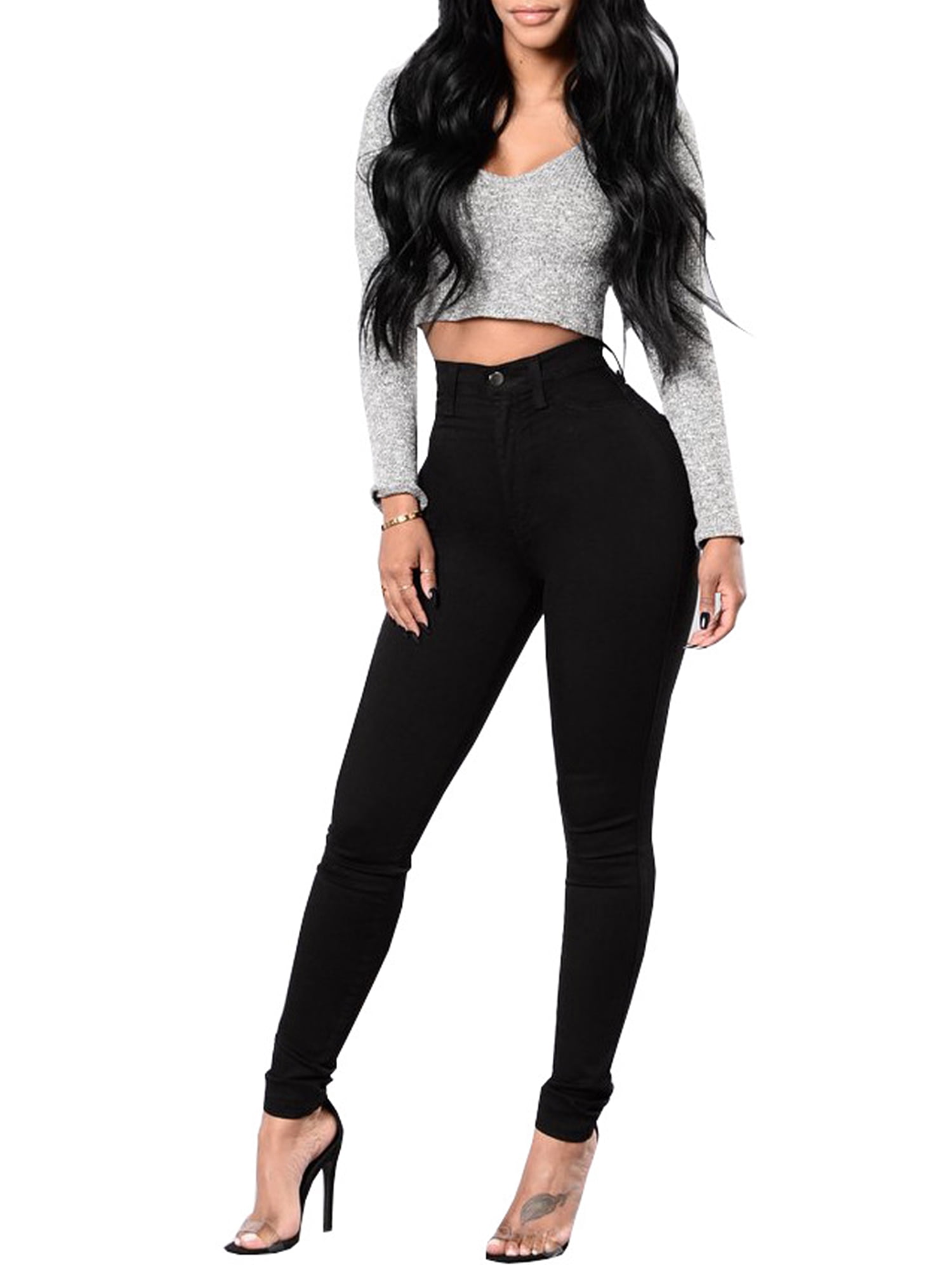
Pajamas in the Western world have been regarded as essentially indoors wear, or wear for the home, whether treated as daywear or nightwear. People wearing pajamas on Wilshire Boulevard, Sunday morning Regulations in the United Kingdom are less stringent pajamas which do not comply with fire safety standards may be sold, but must be labelled "KEEP AWAY FROM FIRE". Loose-fitting pajamas must be treated with a fire retardant.

If made of flammable fabric, such as cotton, they must be tight fitting. In the United States, pajamas for children are required to comply with fire safety regulations. Some pajamas feature a drop seat (also known as a trap door or butt flap): a buttoned opening in the seat, designed to allow the wearer to conveniently use a toilet. Stretch-knit sleep apparel with rib-knit trimmings are common, mostly with young children.Īlthough pajamas are usually distinguished from one-piece sleeping garments such as nightgowns, in the US, they have sometimes included the latter or a somewhat shorter nightshirt as a top. For this reason, pajama pants are often sold as separates. Often, people of both sexes opt to sleep or lounge in just pajama pants, usually with a t-shirt. There are many variations in style such as short sleeve pajamas, pajama bottoms of varying length, and pajamas incorporating various non-traditional materials. B-, tailor in Jermyn Street, some on 40 years ago, in reply to a question why pyjammas had feet sewn on to them (as was sometimes the case with those furnished by London outfitters) answered: "I believe, Sir, it is because of the White Ants." Types Traditional Ĭontemporary pajamas are derived from traditional pajamas.

A friend furnishes the following reminiscence: "The late Mr. 1610) says, in speaking of Goa Hospital: " Ils ont force caleçon sans quoy ne couchent iamais les Portugais des Indes" The word is now used in London shops. It was adopted from the Mohammedans by Europeans as an article of dishabille and of night attire, and is synonymous with Long Drawers, Shulwaurs, and Mogul-Breeches It is probable that we English took the habit like a good many others from the Portuguese. by women of various classes, by Sikh men, and most by Mohammedans of both sexes. Such a garment is used by various persons in India e.g.

Hobson-Jobson: A Glossary of Colloquial Anglo-Indian Words and Phrases (1886) summarizes the state of usage at the time (s.v. They did not become a fashion in Britain and the Western world as sleeping attire for men until the Victorian period, from about 1870. The word pajama (as pai jamahs, Paee-jams and variants) is recorded in English use in the first half of the nineteenth century. Pajamas had been introduced to England as "lounging attire" as early as the seventeenth century, then known as mogul's breeches ( Beaumont and Fletcher) but they soon fell out of fashion. The worldwide use of pajamas (the word and the clothing) outside the subcontinent is the result of adoption by British colonists in India in the 18th and 19th centuries, and the British influence on the wider Western world during the Victorian era. US government advert during World War II, female nightwear


 0 kommentar(er)
0 kommentar(er)
